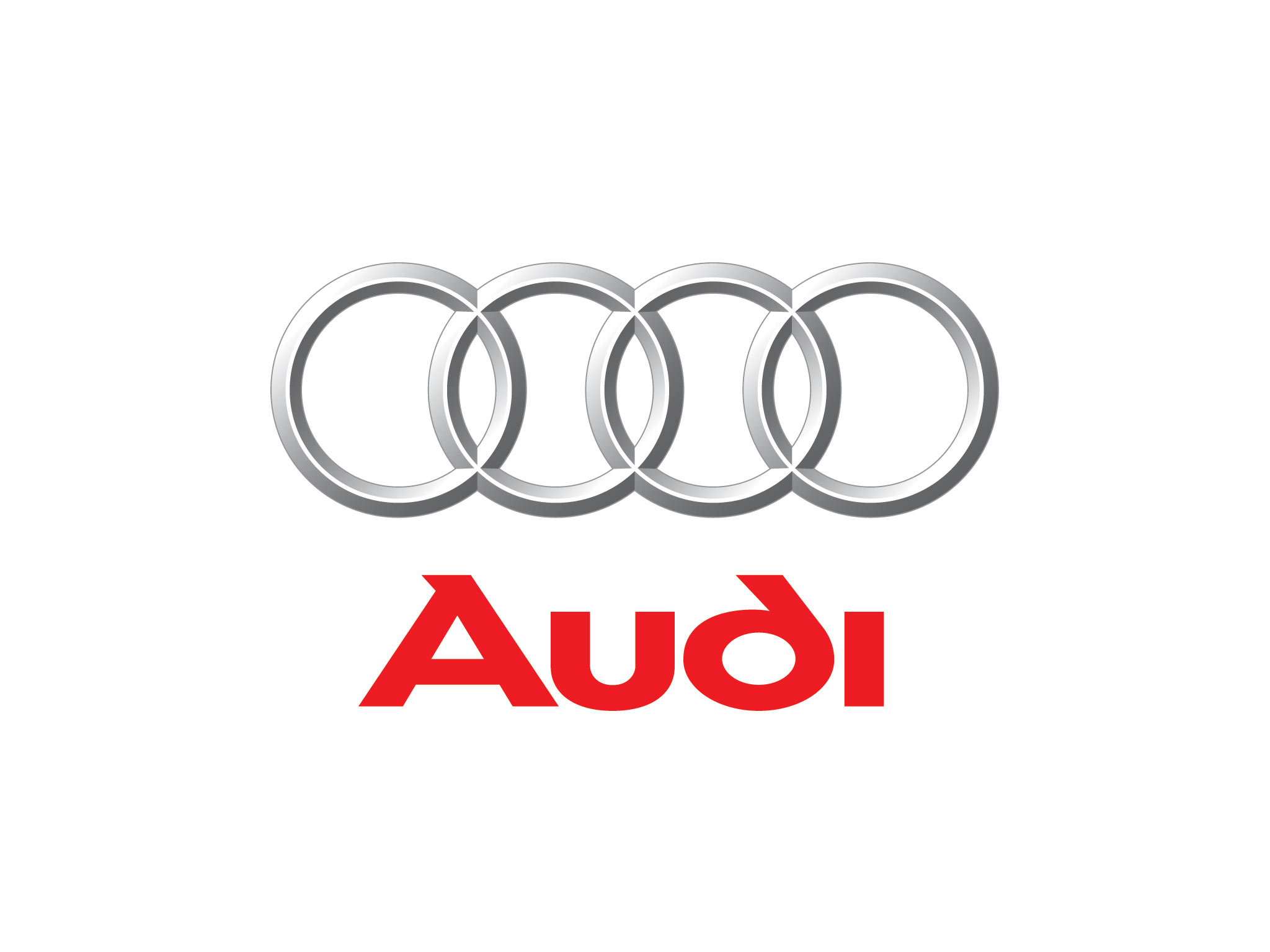How To Choose The Right Van Ignition Repair On The Internet
Comprehensive Guide to Van Ignition Repair
The ignition system of a van plays a vital role in its operation, affecting whatever from starting the engine to making sure effective fuel usage. Nevertheless, it can experience problems gradually due to use and tear or other external elements. Understanding Ignition Lock Repair of a van's ignition system, acknowledging signs of failure, and understanding how to repair it can save automobile owners money and time.
Understanding the Ignition System
The ignition system is essential for beginning the engine and is made up of several key components. Below is a breakdown of these parts:
Component
Function
Ignition Switch
Triggers the electrical system and permits the engine to begin.
Ignition Coil
Transforms the battery's low voltage into high voltage.
Stimulate Plug
Sparks the air-fuel mixture in the cylinders.
Distributor
Disperses electrical present to the appropriate spark plug.
Ignition Timing
Controls the timing of the trigger for optimum engine performance.
Indications of Ignition Problems
Van owners ought to understand the signs that indicate an ignition system failure. Acknowledging these early can prevent more severe concerns. Some typical signs consist of:
- Difficulty Starting: The van may crank slowly or not at all.
- Engine Misfiring: A rough running engine might symbolize issues with spark plugs or coils.
- Poor Fuel Economy: Ignition problems can lead to inefficient fuel use.
- Stalling: The engine might stop suddenly while driving.
- Warning Lights: The check engine light might illuminate, showing a fault.
Fixing the Ignition System
When faced with ignition issues, van owners can follow an organized approach to identify the concern:
Check the Battery:
- Ensure the battery is fully charged and the connections are tight.
- Use a multimeter to look for the appropriate voltage.
Inspect the Ignition Switch:
- Turn the key to the “on” position and validate that the control panel lights brighten.
- Test the ignition switch for connection with a multimeter.
Examine the Ignition Coil:
- Use a multimeter to check the resistance of the ignition coil.
- If it's outside the manufacturer's specs, it might require replacement.
Check the Spark Plugs:
- Remove and check for wear or carbon buildup.
- Replace any malfunctioning stimulate plugs.
Examine the Distributor:
- Inspect the rotor and cap for indications of wear.
- Replace parts as essential to make sure appropriate distribution of the electric existing.
Repair Procedures
After recognizing which part is defective, the next action is to perform the repairs. Here's a generalized procedure for fixing typical ignition issues:
Repairing/Replacing Spark Plugs
- Collect Tools: You'll require a socket wrench, spark plug socket, and a gap tool.
- Get Rid Of the Old Spark Plugs: Disconnect wires and loosen the plugs.
- Check Gaps: Ensure new plugs are gapped properly according to requirements.
- Set Up New Plugs: Screw in and reconnect the wires.
Replacing Ignition Coil
- Detach Battery: Always start by detaching the unfavorable terminal.
- Get Rid Of the Old Coil: Unbolt and detach circuitry connections.
- Set Up New Coil: Bolt the new coil in place and reattach the electrical wiring.
Fixing the Ignition Switch
- Gain Access To the Ignition Switch: Remove the steering column cover.
- Detach Wires: Make note of the wiring before disconnecting.
- Replace Switch: Install a brand-new switch, ensuring all wires are properly connected.
Cost of Ignition Repairs
The expenses of ignition repairs can differ considerably based on elements such as the vehicle make and design, labor rates in the area, and the specific parts being replaced. Below is an average cost range for typical ignition repairs:
Repair Type
Average Cost
Stimulate Plug Replacement
₤ 100 – ₤ 300
Ignition Coil Replacement
₤ 150 – ₤ 400
Ignition Switch Replacement
₤ 100 – ₤ 250
Total Ignition System Tune-Up
₤ 300 – ₤ 800
Maintenance Tips for the Ignition System
Regular upkeep can lengthen the life of the ignition system. Think about the following tips:
- Regular Inspections: Schedule regular checks of the ignition parts and systems.
- Use Quality Parts: When replacing components, choose OEM or top quality aftermarket parts.
- Keep the Battery Maintained: A properly maintained battery guarantees ideal efficiency of the ignition system.
- Expect Warning Signs: Early detection of problems can avoid bigger issues down the road.
Often Asked Questions (FAQs)
How frequently should I replace my spark plugs?
The majority of producers recommend changing stimulate plugs every 30,000 to 100,000 miles, depending on the kind of stimulate plug and driving conditions.
Can I repair my ignition system myself?
Yes, fundamental repairs like changing spark plugs or coils can often be performed by a knowledgeable DIYer, offered the right tools and details are readily available.
What occurs if I overlook ignition system issues?
Overlooking ignition issues can cause minimized engine performance, decreased fuel effectiveness, and potentially leaving you stranded if the van stops working to start.
Is a tune-up needed for the ignition system?
A tune-up that consists of examining and changing ignition components as required can considerably enhance engine efficiency and durability.
Understanding van ignition repair is essential for lorry owners to preserve trustworthy engine efficiency. By familiarizing themselves with the ignition system's parts, repairing common issues, and carrying out basic repairs, they can save time and upkeep costs. Following upkeep ideas and seeking expert aid when required will ensure a well-operating ignition system for several years to come.
